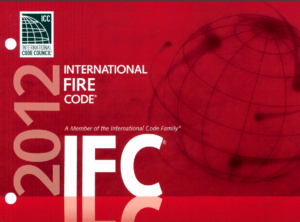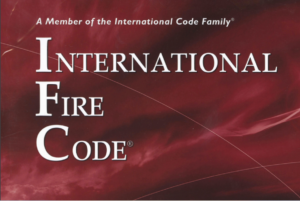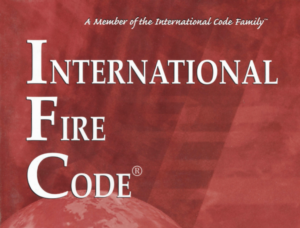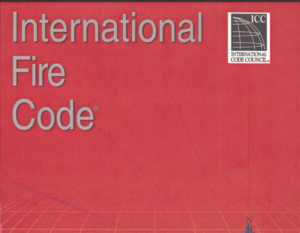The 2005 edition of NFPA 11 provides comprehensive standards for low-, medium-, and high-expansion foam systems used in fire suppression. Established by the Technical Committee on Foam, it was formally issued on February 7, 2005, after approval as an American National Standard. This code offers guidelines on the design, installation, operation, testing, and maintenance of foam systems, not specifying where such systems are necessary but ensuring they meet safety requirements when implemented.
NFPA 11 has evolved significantly since its inception in 1921, undergoing multiple revisions to incorporate emerging technologies and respond to the changing needs of fire protection. This edition builds on past updates by reorganizing the content to clearly differentiate between low-, medium-, and high-expansion systems, ensuring that the standards are more accessible and actionable for users.
Significant changes in this edition include new provisions for mixing foam concentrates, specific guidelines for foam concentrate pumps, and added requirements tailored to marine applications. Additionally, the 2005 update takes a further step in addressing environmental considerations related to the discharge of foam systems.
Key to this standard are the detailed explanations provided in Annex A for each section and paragraph, aiding in the interpretation and application of the code. NFPA 11 remains a crucial tool for professionals in fire protection, outlining necessary actions to ensure the effectiveness and environmental compliance of foam fire-extinguishing systems.






